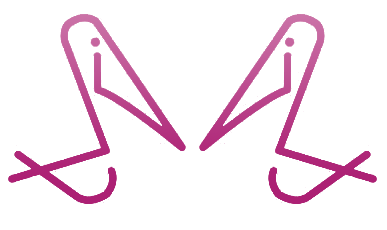
Problem Solving
In this article I will describe five approaches that I regularly use as part of a coaching discussion for you to consider. Why not print these off, go somewhere quiet and take some time out to think through a current challenge. Each approach has a series of steps; take as much time as you need for each step before moving to the next, rushing through the steps will limit your creativity.
Let me know which of the approaches works most effectively for you.
1. GROW model
The GROW model was developed by Graham Alexander one of the first business coaches and is a simple and effective framework for exploring problems and issues.
Goal
The first step is to think about the goal that you want. What is the ideal outcome from this situation? What will make you feel as if you’ve moved forward with this problem?
Reality
Once you are clear on your goal or outcome – think about the current reality of the situation. This is an opportunity for you to broaden your awareness of the problem. What is really going on? What have you tried? What have other’s tried? How do you feel at the moment? What is frustrating you most? What is telling you that you need to do something differently?
Options
Now think about your various options for moving your problem or dilemna forward. What could you try? What is the easiest thing you can do to take action? What will make you feel like you’ve made progress? Who might help you?
Will
What actions will you commit to? What are you most energised to do?
2. SOAR model
The SOAR model was developed by Jackie Stavros as an alternative to SWOT. It is based on Appreciative Inquiry, using strengths to set strategies and move forward rather than focusing on problems.
First of all think about the problem or dilemna that you want to explore, then…
Strengths
What strengths do you have that can help with your problem? What do you do better than anyone else? What do other people see as your strengths? What resources or people do you have access to?
Opportunities
What might the opportunities be in this problem, challenge or dilemna? How could this problem help you to grow? What new partnerships might you develop? How could you grow your skills?
Aspirations
What would you like to happen? What is your ideal outcome, what you you aspire to? What new things do you want to consider? How can this help you in the future?
Results
How will you know that you’ve solved your problem? What will be different? How will you be different? What will the result be?
3. POWER model
The POWER model is based on Outcomes Thinking, a key approach within the field of Neuro-Linguistic Programming (NLP). It focuses on developing a clear vision of what you want (rather than what you don’t want).
Positive
Think about what you would like to happen and then state this in the positive. It is important to focus on what you want rather than what you don’t want.
Own-it
Is what you want to happen within your control? Can you take responsibility for making it happen? If you cannot go back to positive (step 1) and restate what you’d like to happen.
What specifically
Exactly what will you make happen? Who will be involved? How will you acheive it?
Evidence
What will it be like when you’ve acheived what you want? What will you be doing? What will you be saying? What will you be thinking and feeling?
Resources
What strength do you have that will help you? What other resources are available to you?
4. Perceptual positions
Perceptual positions is a way of flexing your thinking by exploring perspectives that you might not usually consider. This is another NLP technique. You may find it useful to actually move seats or positions whilst you are exploring each of these perspectives.
First position
Think of the problem or challenge from your perspective. Think about how you usually behave, what you think, feel or say.
Second position
Step into the shoes of another key person involved in your situation. Imagine how they will look at the problem. What will they be thinking and feeling? How might they suggest solving the problem?
Third position
Now imagine that you have been observing the situation from a neutral position (as a fly on the wall). What have you noticed from this position that it was not easy to see from the other positions.
Fourth position
Now imagine that you are a wise, all knowing person – what would their advice be to your situation?
Now you’ve explored each perspective think about how you’d now like to approach your problem or dilemna.
5. Disney Strategy
The Disney creative problem solving strategy was developed by Robert Dilts after modelling the creative approaches of Walt Disney – who used different themes rooms to create his characters and story lines. It is similar to the Perceptual Positions idea but the thinking is a little more structured.
Dreamer
Step into the shoes of a ‘dreamer’ and think about all the things you could make happen. Be as daft as you like – you are a dreamer.
Realist
Now think about how you can make each of these things happen. What will you need to do?
Critic
Now think about what it makes sense to do and not do.
I hope you have found these different problem solving approaches helpful.
